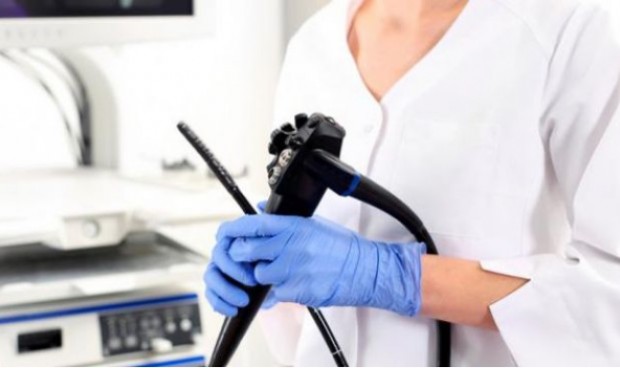The coverage of early detection programs for colorectal cancer increases in Spain
The screening population of Colorectal cancer in Spain began to be implanted in the last decade and gradually by autonomous communitiesso participation and adherence to it are still scarce in comparison with breast cancer. Despite this, in the Annual Report of the National system of health 2020-2021 sees a slow but steady evolution from 2009 to 2021 in terms of the coverage of early detection programs in this pathology, achieving that three out of 10 people the recommended test is carried out in the indicated period.
,
Currently the breast cancer screening y colorectal They are part of the basic common portfolio of care services of the SNS, and involve various specialties such as Primary Care o Oncology. Its objective is to promote both population screening systems.
As stated by the report of Ministry of Health regarding cancerthe 31.9 percent of the population aged 50-69 years declare that they have had a fecal occult blood test (FOBT) in the last two years, without differences by sex. The temporal evolution shows a continuum growth of coverage for this type of cancer, from 3.4 percent in 2009 until reaching a 31.9 percent in 2020.
On the other hand, it has been shown that the lessons con less economic possibilities are the most disadvantaged: On a scale from VI to I, 27.6 percent of social class VI have been tested, compared to 36.3 percent in social class I.
If we analyze the coverage of early detection for colorectal cancer among the autonomous communities, Navarra with 68.7 percent it achieves the highest coverage followed by Basque Country (65.4 percent), Castile and Leon (46.6 percent) and Galicia (45.7 percent). the toppings lower are represented in Ceuta (4.1 percent), Melilla (7.6 percent) and Balearic (8.1 percent).
The upward trend in breast cancer stops in 2017
As far as the breast cancer screening, much more consolidated in Spain since the beginning of the 90s, has managed to obtain a very wide coverage of the population due to its high participation and continuous adherence. In the temporal evolution of the coverage of early detection programs since 2009, a constant growth is observed that is slowed down in 2017, reaching a 81.5 percent. Starting this year there is a slight drop of 8 percentage points with respect to the 2020, going from 81.5 percent to 73.8 percent. One of the causes that could explain this decrease may be linked to the pandemicmoment in which the screenings they suffered a Brake due to the restrictions and confinement imposed by the Government of Spain.
The study carried out by the Ministry of Health affirms that the 73.8 percent women 50 to 69 years old declares having had a mammogram in the last two yearsand other 13.5 percent more than two years ago, but less than three. The autonomous communities with more participation in the early detection of the disease are Murcia, Basque Country, Navarra and the Valencian Community, reaching over 80 percent. Currently seven out of 10 women have been screened for breast cancer within the recommended time.
If mammography coverage is analyzed by social class, it is observed that they are more low in the less favored classes: 70.9 percent in women from social class VI, compared to 78.2 percent in those from social class II.
–
Although it may contain statements, data or notes from health institutions or professionals, the information contained in Medical Writing is edited and prepared by journalists. We recommend the reader that any questions related to health be consulted with a health professional.


